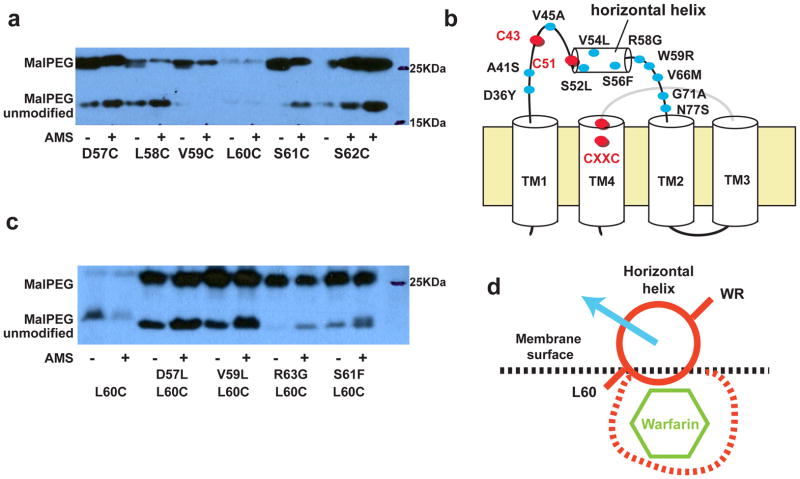Figure 5. Membrane accessibility of the horizontal helix and effect of warfarin-resistant mutations (WR).
a, Residues on the horizontal helix show different accessibilities to AMS, a membrane impermeable probe. b, Many WRs (blue circles) are located between TM1 and TM2 in human VKOR. c, Corresponding WRs in ssVKOR changing the AMS labeling of Leu60Cys. The mutant proteins are initially labeled by membrane-impermeable AMS (0.5KDa). After TCA precipitation, the unblocked cysteine is modified by MalPEG (5KDa). Thus, the relative extent of AMS and MalPEG labeling indicates the membrane accessibility of Leu60Cys. d, These WRs may induce a movement of the flexible horizontal helix, which may cause resistance by altering the putative warfarin-binding pocket.

